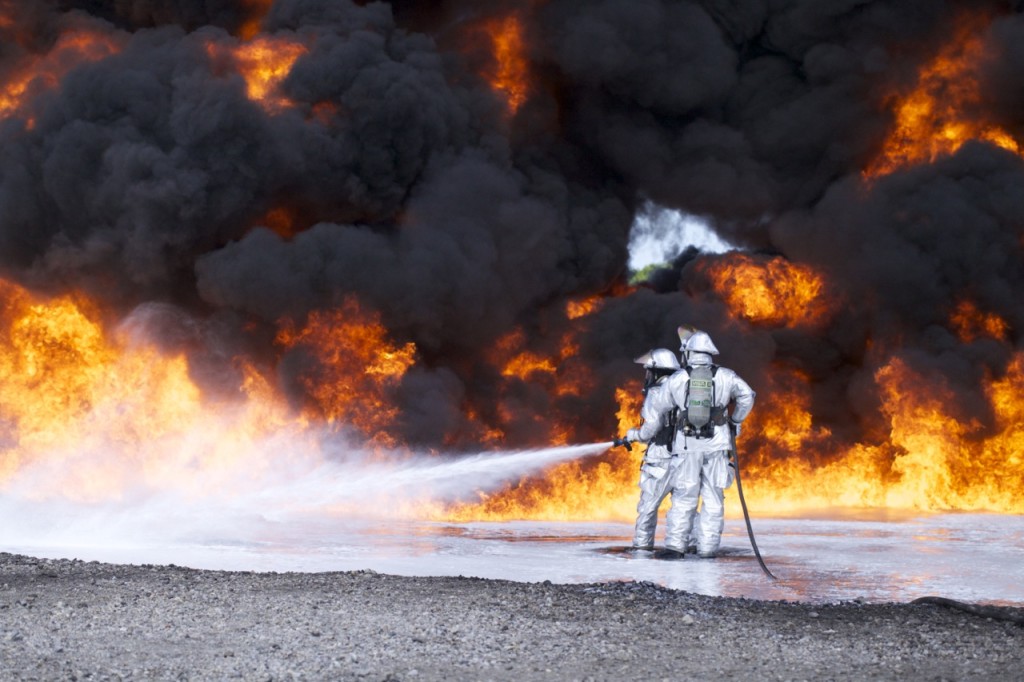
Potential Dangers of PFAS Chemicals in Waste Products
 Levels of chemicals and other pollutants in drinking water are monitored to ensure they do not pose a health risk to humans. Now health regulators warn that food can also be a source of exposure to toxic chemicals, with emerging contaminants such as PFAS chemicals showing up in agricultural produce destined for our tables.
Levels of chemicals and other pollutants in drinking water are monitored to ensure they do not pose a health risk to humans. Now health regulators warn that food can also be a source of exposure to toxic chemicals, with emerging contaminants such as PFAS chemicals showing up in agricultural produce destined for our tables.
A group of chemicals collectively referred to as polyfluoroalky and perfluoroalkyl substances (PFAS) have recently raised concerns regarding their impact on the environment and on human health. PFAS is used in products such as non-stick coatings (teflon) and fire-fighting foam, the latter being particularly problematic as it is has been used for fire-fighter training on military and air-force bases for decades, resulting in legacy contamination of freshwater sources across the United States.
There are hundreds of different PFAS chemicals on the market. According to the Agency for Toxic Substances and Disease Registry, studies on some of these chemicals have indicated that they can negatively affect growth and development, as well as learning and behavior in children; cause hormonal imbalances and infertility in adults; as well as promote high cholesterol levels, compromise the immune system and increase the risk of cancer. Yet, despite these dangers, very little is known regarding the toxicity of many of the PFAS chemicals, or to what extent they are found in the environment, water sources and our food supply, or for that matter our bodies.
Recent surveys have revealed that drinking water supplies that serve 6 million Americans contain PFAS at levels exceeding the safety standard set by the US Environmental Protection Agency (EPA). The majority of this contamination stemming from over 400 US military bases that are either known to have released PFAS in fire-fighting foams, or could have potentially release PFAS during fire-fighting training exercises. Over 100 Superfund sites have tested positive for PFAS chemicals.
However, a recent report in Bloomberg Environment indicates that the problem is not only limited to military bases or drinking water, but is likely to be far more widespread, affecting agriculture and the food we eat too, as well as the farmers that put their heart, soul and life into producing that food.
Because the industrial use of PFAS chemicals is so widespread, they are released into the air via factory chimneys and into waterways located nearby. They're sent to landfills or are composted, they are present in household dust, and can get washed off surfaces or flushed into drains, finally ending up in wastewater sludge, known as biosolids.
Farmers spread these biosolids onto their farmlands as a cost-effective natural fertilizer, unaware of the potential danger posed by PFAS contamination. These chemicals contaminate the soil, are taken up by plants and then get into livestock that eat them, ultimately ending up in milk as well as in the vegetables and meat on our plate before entering out bodies when we consume them.
According to Rolf Halden, a professor at Arizona State University who coauthored a 2013 report on PFAS contamination of biosolids from the 2001 EPA National Sewage Sludge Survey, "the amount of PFAS detected in samples of US biosolids from 2001 was enough to make approximately 11 million Olympic-sized pools of water exceed the EPA's health advisory limit." To put that in perspective, that's twice as much contamination needed to render all the water currently in Lake Powell non-potable, he said.
Once PFAS chemicals reach the environment, they don't break down readily. Bacteria, enzymes and sunlight that normally break chemicals down in the environment, can only convert them into other forms of themselves. Consequently, they tend to persist in the environment for a very long time. It would seem that the only way to prevent widespread contamination of our vital water and food supplies is to stop releasing these chemicals at the source even if this means outlawing their use completely.
Featured Image Credit: U.S. Air Force photo/Eddie Green


